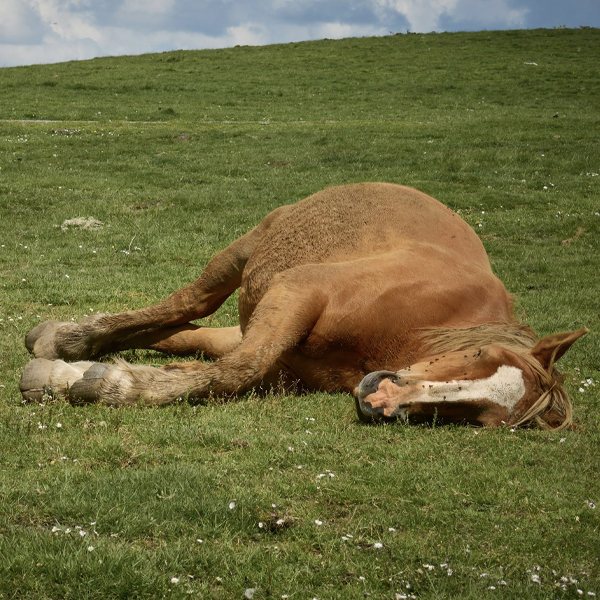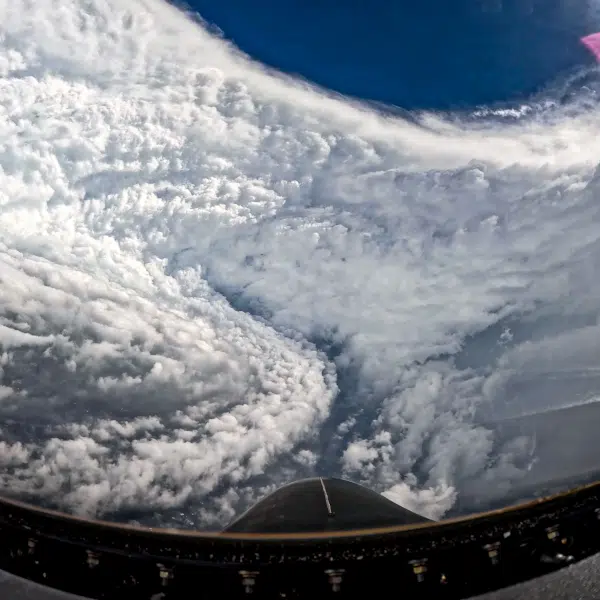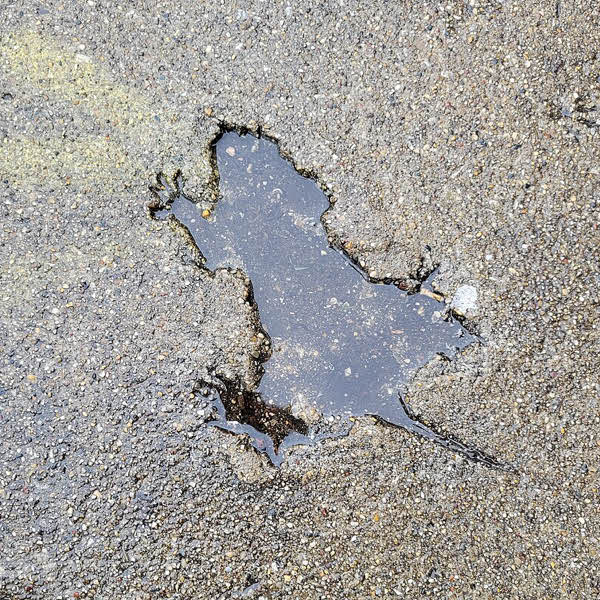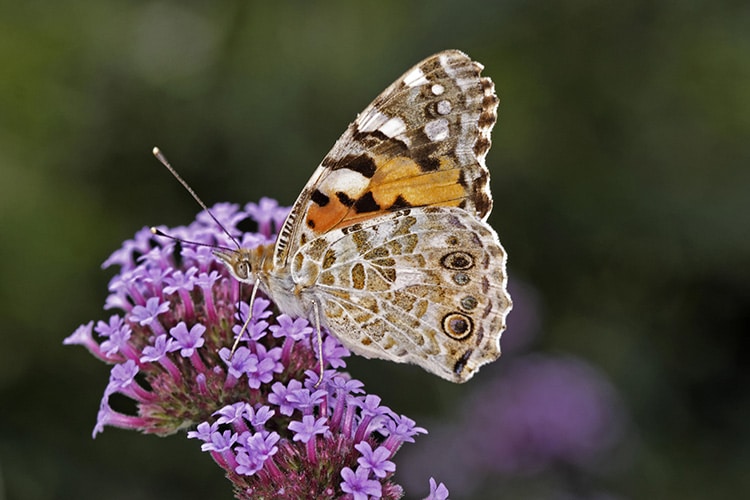
Photo: Nowhereman/Depositphotos
If a butterfly flaps its wings, will a hurricane suddenly materialize? No, not likely; but it turns out butterflies can still achieve some impressive feats with their delicate fluttering. After a decade of some serious detective work, entomologist Gerard Talavera and his team at the Botanical Institute of Barcelona (CSIC) have shown that the Vanessa cardui can manage to migrate from West Africa to South America. That means they remained in flight for up to eight days without anywhere to land or fuel up on nectar.
Vanessa cardui, commonly known as the painted lady, have an expansive geographic distribution and can be found on every continent except Antarctica. Until recently, South America was considered another exception. Yet, Talavera had heard of some supposedly popping up in French Guiana.
Being an expert in insect migration, he went to investigate. After several days of fruitless searching, Talavera was ready to give up and go home; however, one fateful walk on a beach led to finding not just one but 10 painted lady butterflies flapping tattered wings. The dilapidated wings suggested they’d had a long, arduous journey, but it seemed impossible that they could have survived a 2,600-mile transatlantic trip.
V. cardui are known to be migratory. They regularly migrate 9,000 miles between Europe and sub-Saharan Africa, but they have plenty of rest stops along the way. With a maximum range of 500 miles flying a day without wind, scientists found it hard to believe they could cross the ocean without killing themselves from exhaustion.
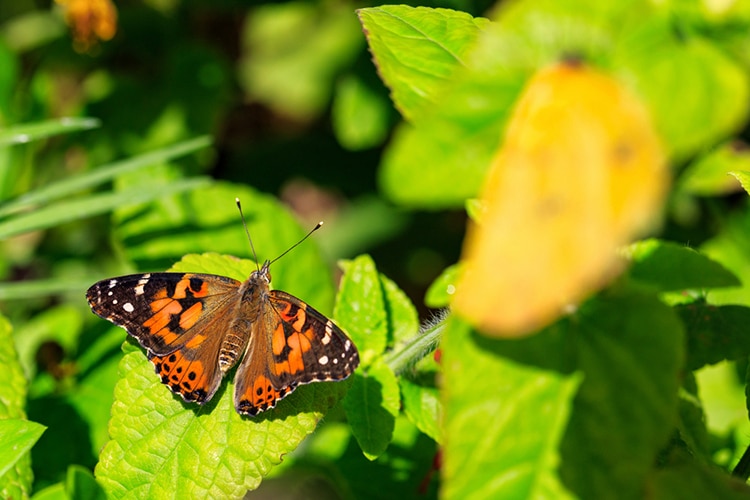
Photo: Adogslifephoto/Depositphotos
First, the team checked that the butterflies really did come from Africa. After comparing genomics between different painted lady populations, the team confirmed that the butterflies were not from North America, which would have been the closest departure.
After managing to get pollen samples from the tattered wings, Talavera identified over a dozen plants the butterflies had come into contact with. Two species, Guiera senegalensis and Ziziphus spina-christi, only flower in West Africa towards the end of its rainy season.
They then confirmed all of the butterflies were from the same location via isotope testing. Turns out the butterflies had not been born in Africa though. They’d already migrated from Western Europe shortly after hatching, but before they started their marathon of a trip from Africa to South America.
In total, the scientists believe the butterflies spanned 4,300 miles in less than a month. While many insects migrate long distances, these butterflies rival the longest documented migratory routes. It’s also probable that this is the first recorded instance of an insect crossing the Atlantic themselves.
How did they accomplish this feat? Thanks to first-of-its-kind wind analysis, Talavera and his team believe the butterflies were helped along by Saharan winds. They most likely alternated between actively flying and then taking breaks by gliding on the same winds that manage to carry Saharan sand to the banks of the Amazon.
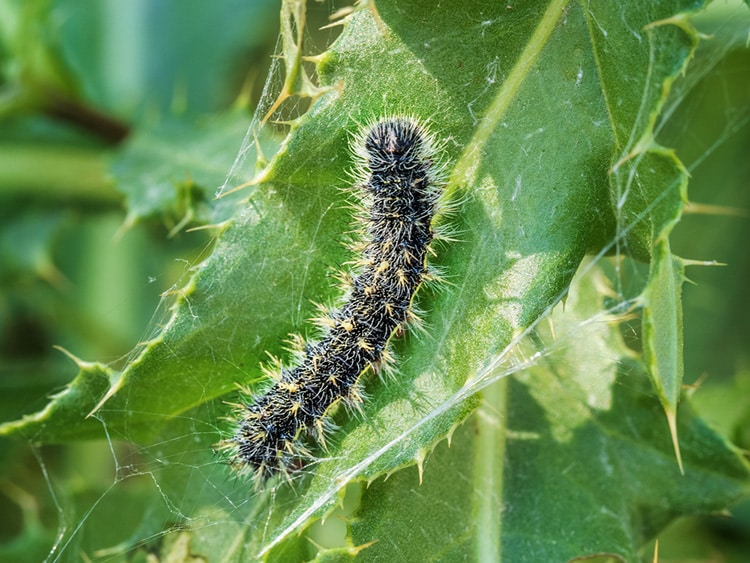
Photo: Wirestock/Depositphotos
The scientists published their findings in the Nature Communications journal last month. Their combining pollen, wind, genetic and isotope analysis is being called “a brilliant piece of biological detective work,” by admiring scientists like David Lohman, an evolutionary ecologist at the City College of New York did in The New York Times. Not only did Talavera and his team use innovative methods to solve their mystery, but they also brought some crucial insight to the study of insect migrations in general.
Prior to this study, most of what we know about migratory insects’ routes is thanks to citizen scientists who logged their sightings. The breakthrough is also well timed as scientists believe global warming will contribute to drastic changes in migration paths. Just like the painted lady butterflies who likely accidentally got caught up in some powerful winds and ended up in a new home, billions of insects could be affected, which in turn impacts flora and fauna that depend on insects for pollination and sustenance.
Using minute samples of pollen found on butterflies' wings, Spanish scientists managed to chart the delicate creatures' impressive journey.
New study! We demonstrate a transatlantic flight for Vanessa cardui butterflies. An incredible feat for insects!
Read the full paper here: https://t.co/CqOFLQZOjw#insectmigration #butterflymigration #PhyloMigrationLab @IBB_botanic @CSIC pic.twitter.com/btyNbeBdNE
— Gerard Talavera (@GerardTalavera) June 25, 2024
Using geneomics, scientists learned the painted lady butterflies had actually hatched in Europe before first migrating to Africa and then South America.
The discovery of such extreme trans-oceanic journey have significant implications for insect ecology, physiology, and historical biogeography. We may be underestimating the frequency and impact of these movements on our ecosystems. pic.twitter.com/f2eKj6wmFg
— Gerard Talavera (@GerardTalavera) June 25, 2024
Thanks the resourceful and persistent research of the scientific team, critical information about our global ecosystem has been discovered.
Pour la première fois, une équipe scientifique internationale a prouvé que des Belles-Dames (Vanessa cardui) ont atteint la Guyane française, en Amérique du Sud, à partir de l’Afrique occidentale, parcourant au moins 4 200 km. pic.twitter.com/H4YVrCwzuH
— Université d'Ottawa | University of Ottawa (@uOttawa) June 25, 2024
h/t: [Smithsonian]
Related Articles:
Macro Photos Highlight the Diverse Beauty of Butterfly Pupae
Monarch Butterfly Populations Are Showing Recovery After a Winter in Mexico
Adorable “Butterfly King” Dog Befriends All Winged Insects in His Garden














































































